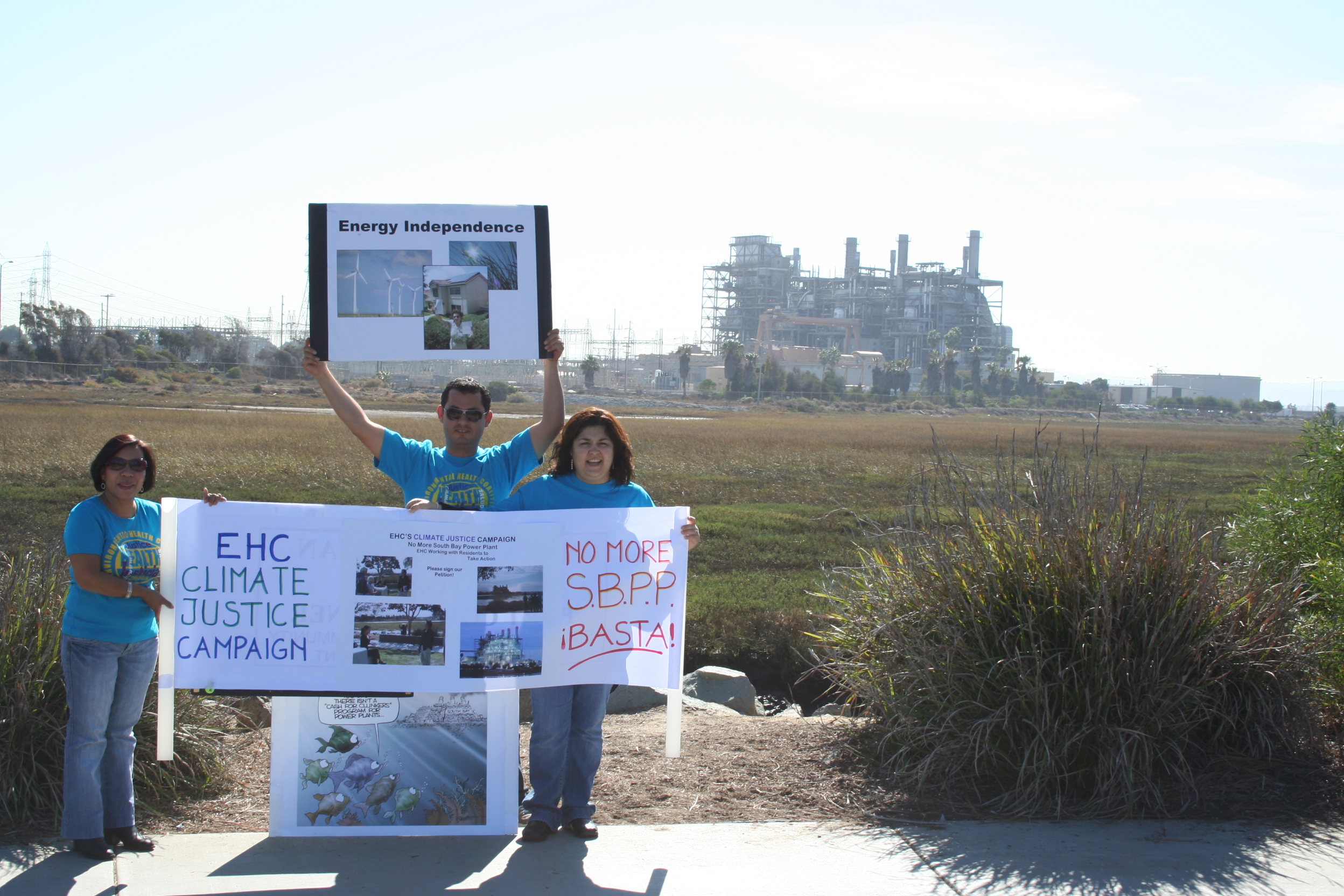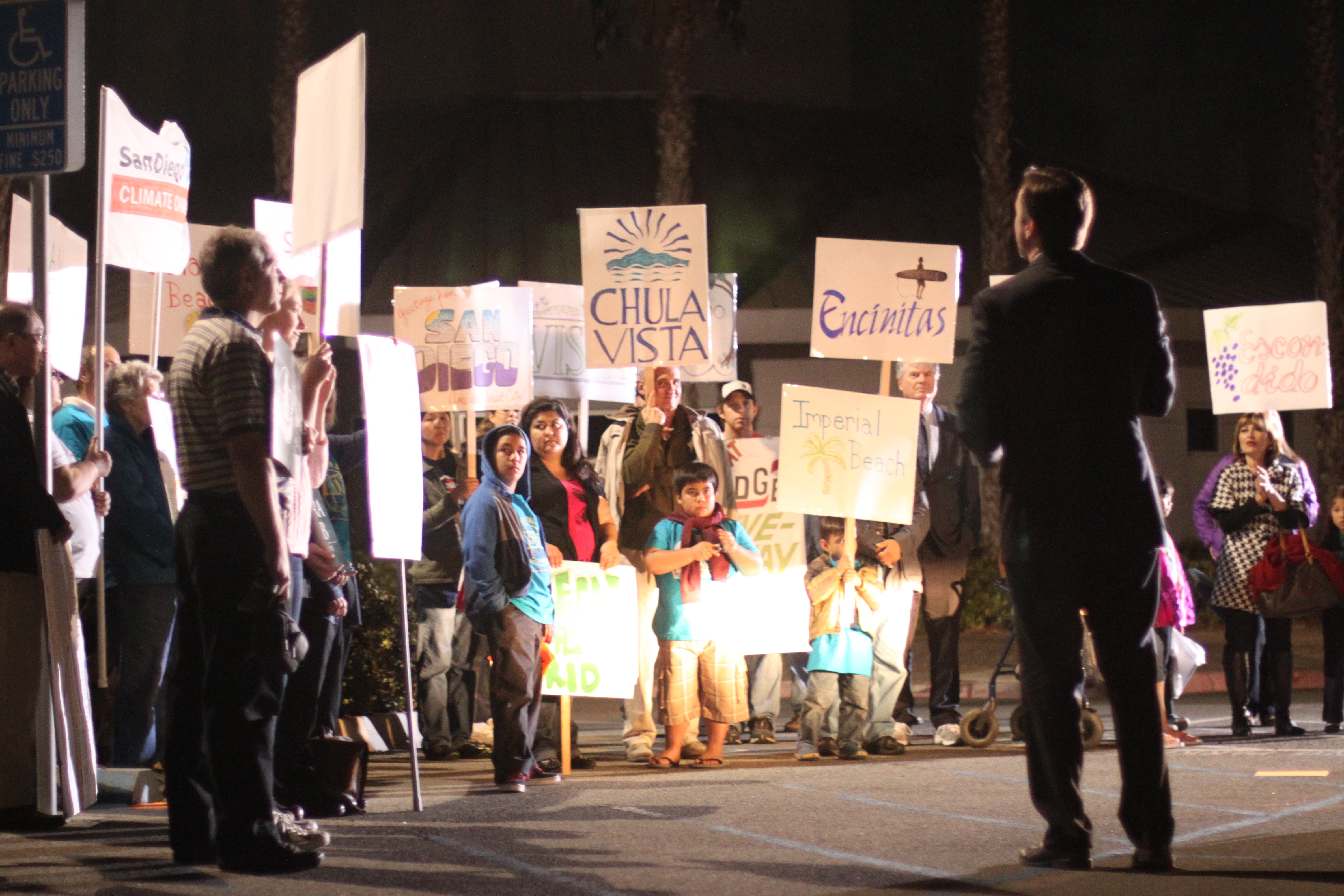Please read the original post by California Environmental Justice Alliance here.
President Obama recently announced his new plan to address climate change. The plan proposes new rules to cut carbon dioxide emissions from the nation's remaining coal fired power plants. Announced through the Environmental Protection Agency's (EPA) Clean Power Plan by EPA Administrator Gina McCarthy, the President and the EPA propose to cut carbon dioxide pollution from the nation's existing power plants 30 percent from 2005 levels by 2030.
The President's plan includes goals to accelerate clean energy through increased funding for technology and doubling wind and solar electricity generation by 2020. It intends to promote energy efficiency and conservation in homes, businesses, and factories by increasing loans for energy efficiency and conservation and setting targets for cutting energy waste in multi-family homes.
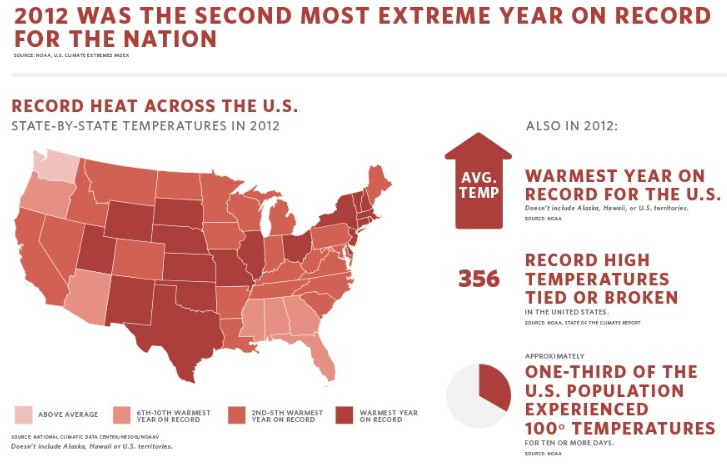
A climate plan needs bold environmental justice provisions
A successful national climate plan must start with the communities most directly impacted. Communities of color are often left out of the benefit of environmental and energy policies, while struggling with the health and quality of life impacts of fossil fuel use and production on a daily basis. Although President Obama's plan takes a big step forward and includes a section on environmental justice saying the EPA has taken comments from environmental justice communities nationally, it is vague in how it will address impacts on low-income communities of color who already bear the burden of dirty energy and are first in line to feel the impacts of climate change.
Especially as the Environmental Protection Agency just celebrated the 20th Anniversary of the Executive Order on Environmental Justice and released a new "strategy" to achieving environmental justice, called "Plan EJ", Obama's plan merely says that "the EPA will consider environmental justice issues." The plan must be more specific and bold as to how it will address environmental justice.
In order for President Obama's Climate Plan to help our country make the transition we desperately need, it must start with the communities who are most highly impacted by our dirty energy economy.
Don't be fooled by natural gas
The President is also solely focused on transitioning off coal power plants using primarily natural gas, a fossil fuel and one form of dirty energy. While coal must be phased out, it is a dangerous and faulty move to replace coal with natural gas. Natural gas power plants are often located in poor communities and are extremely detrimental to our climate and health. Natural gas releases dangerous levels of greenhouse gases, including methane which has 20 times the global warming potential than carbon dioxide. The President and the EPA need to set aggressive targets to transition to 100 percent renewable energy, instead of relying on dirty energy.
By focusing on natural gas a "bridge fuel", the President and the EPA encourage extreme oil and natural gas extraction techniques. In California, communities experience extreme oil and gas extraction in examples such as the Chevron oil refinery in poor Laotian and Black communities in Richmond to fracking in Latino communities in the Central Valley and to the massive build out of dirty gas plants in Southern California. The Presidents' support for natural gas is particularly out of touch with environmental justice communities who have demanded to transition off of fossil fuel for years.
Yes to clean energy, but let's make it local
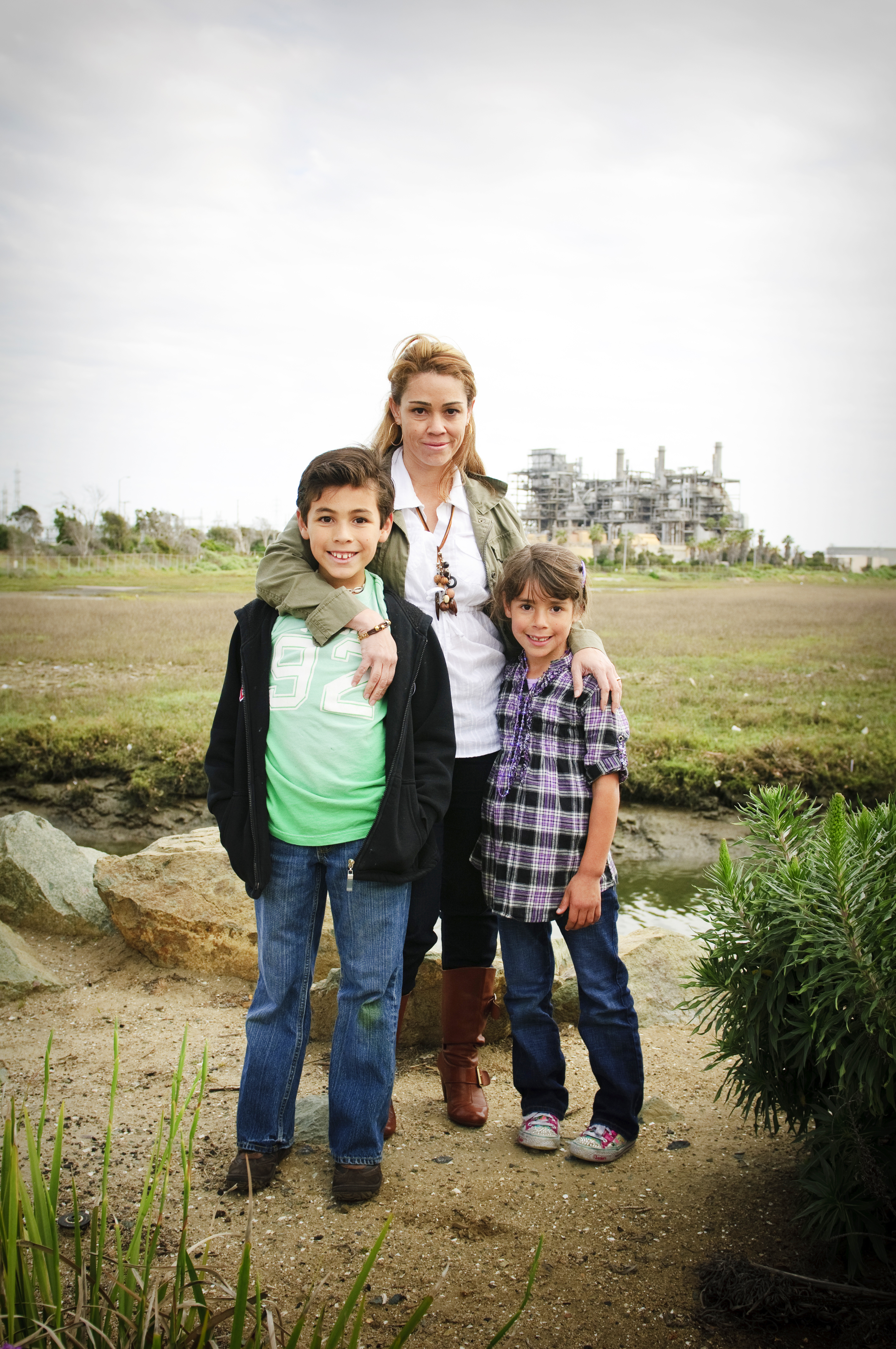 The California Environmental Justice Alliance (CEJA) and EHC applaud President Obama for his goal of increasing solar and wind in the nation. We also challenge the President to increase local distributed generation (such as rooftop solar), especially in communities most impacted and disadvantaged communities. Low-income communities and communities of color rarely benefit from large scale solar and wind farms, and these projects can have their own negative health impacts. By focusing on local distributed generation, our communities can reap the health and climate benefits, and get the advantage of the local economic and job development.
The California Environmental Justice Alliance (CEJA) and EHC applaud President Obama for his goal of increasing solar and wind in the nation. We also challenge the President to increase local distributed generation (such as rooftop solar), especially in communities most impacted and disadvantaged communities. Low-income communities and communities of color rarely benefit from large scale solar and wind farms, and these projects can have their own negative health impacts. By focusing on local distributed generation, our communities can reap the health and climate benefits, and get the advantage of the local economic and job development.
CEJA and EHC appreciate Obama's plan to increase standards and funding for efficiency and conservation, and urge that the nation follow California's example by creating a clear "hierarchy" of energy saving strategies: prioritize conservation, demand response, energy efficiency and renewable energy, before any natural gas is considered.
CEJA and EHC applaud President Obama for his new climate plan, but encourages the President, the Environmental Protection Agency and Congress to make a clear commitment to two of the most critical elements to any successful climate change plan: ensuring benefits for the communities most directly impacted, and ending all dirty energy, including extreme oil and natural gas extraction. While the current plan takes important steps, only with these elements will we be able to truly save our climate.
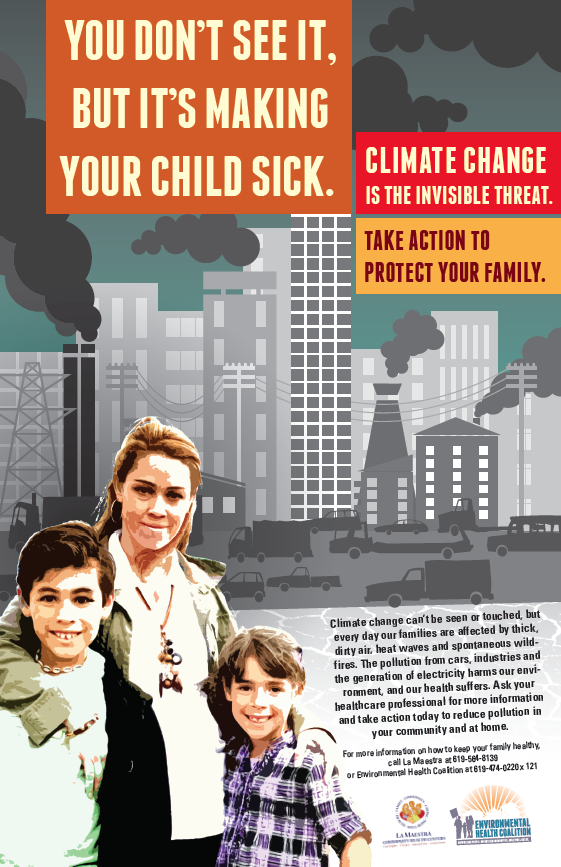 Solar panels on our rooftops
Solar panels on our rooftops

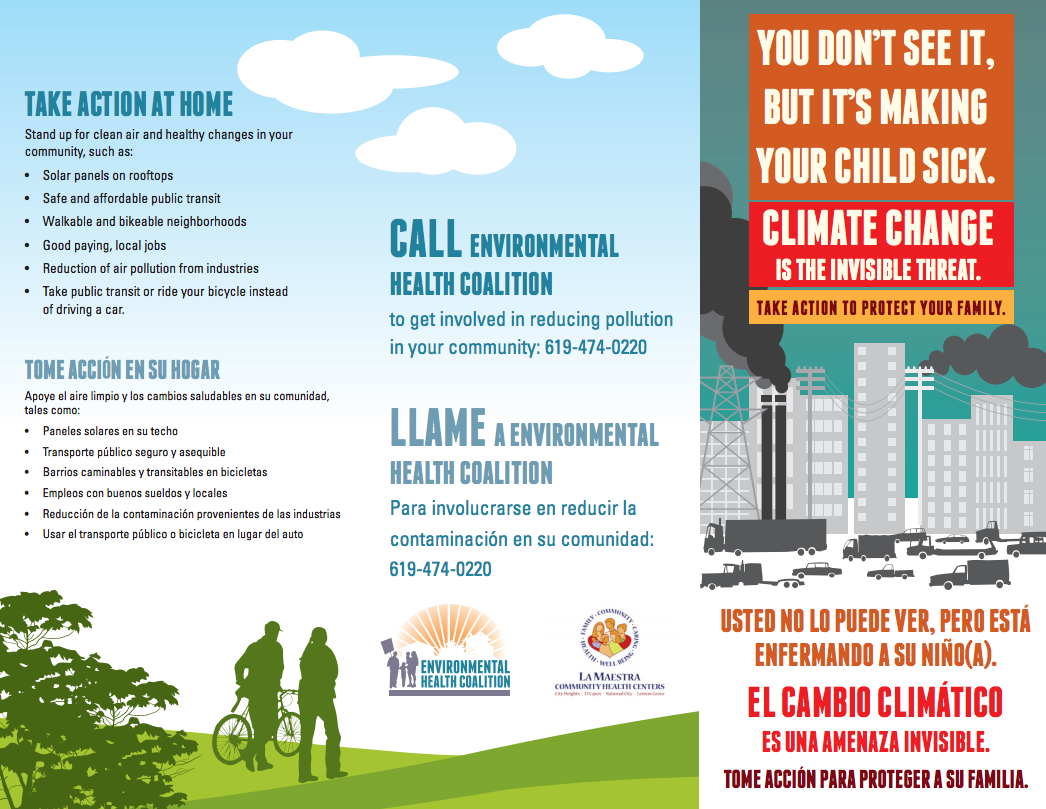
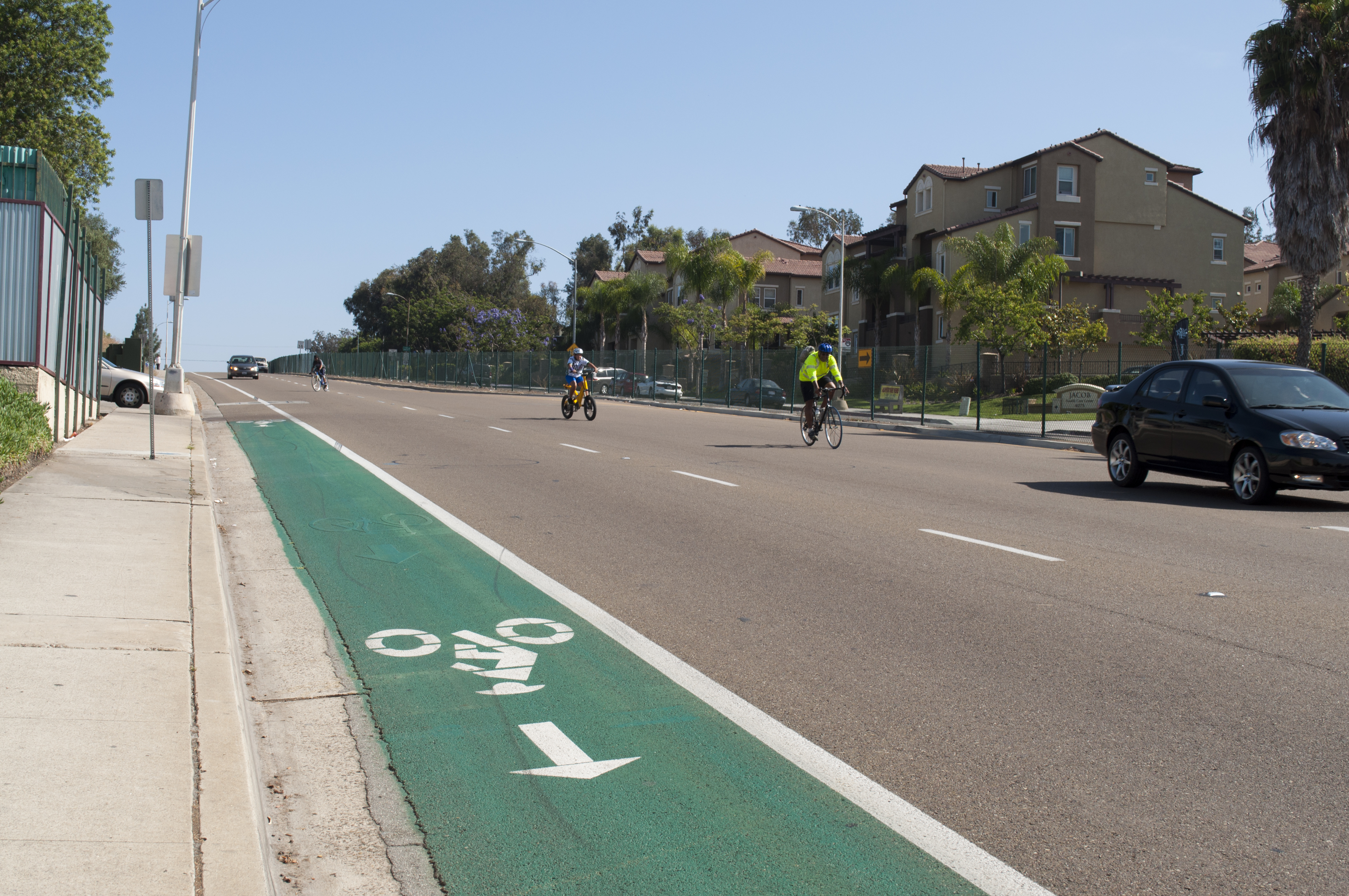 These safe, reliable and affordable transportation options are what we call transportation justice. Transportation justice means all neighborhoods have equal access to alternative transportation and no communities are overburdened with the pollution from cars on neighborhood streets or freeways. It means that the risk of being hit by a car is reduced because bike paths and sidewalks are plentiful. It means public transit is affordable, accessible and convenient and families don't have to walk an hour to the grocery store because they can't afford to take the bus. It means a person does not have to travel two hours each way on the bus to get to and from work, when the same trip a car ride would only take 20 minutes.
These safe, reliable and affordable transportation options are what we call transportation justice. Transportation justice means all neighborhoods have equal access to alternative transportation and no communities are overburdened with the pollution from cars on neighborhood streets or freeways. It means that the risk of being hit by a car is reduced because bike paths and sidewalks are plentiful. It means public transit is affordable, accessible and convenient and families don't have to walk an hour to the grocery store because they can't afford to take the bus. It means a person does not have to travel two hours each way on the bus to get to and from work, when the same trip a car ride would only take 20 minutes.
 The
The  We have a great opportunity to get involved in shaping the future of our community. The Port is currently developing its guidelines and plan for the next 50 years. While it has taken some actions to address the negative impacts of its pollution on
We have a great opportunity to get involved in shaping the future of our community. The Port is currently developing its guidelines and plan for the next 50 years. While it has taken some actions to address the negative impacts of its pollution on  We have a chance to tell the Port that is what we want. Now, the Port of San Diego is asking for our feedback as it drafts a new plan for land and water use for the next 50 years.
We have a chance to tell the Port that is what we want. Now, the Port of San Diego is asking for our feedback as it drafts a new plan for land and water use for the next 50 years. 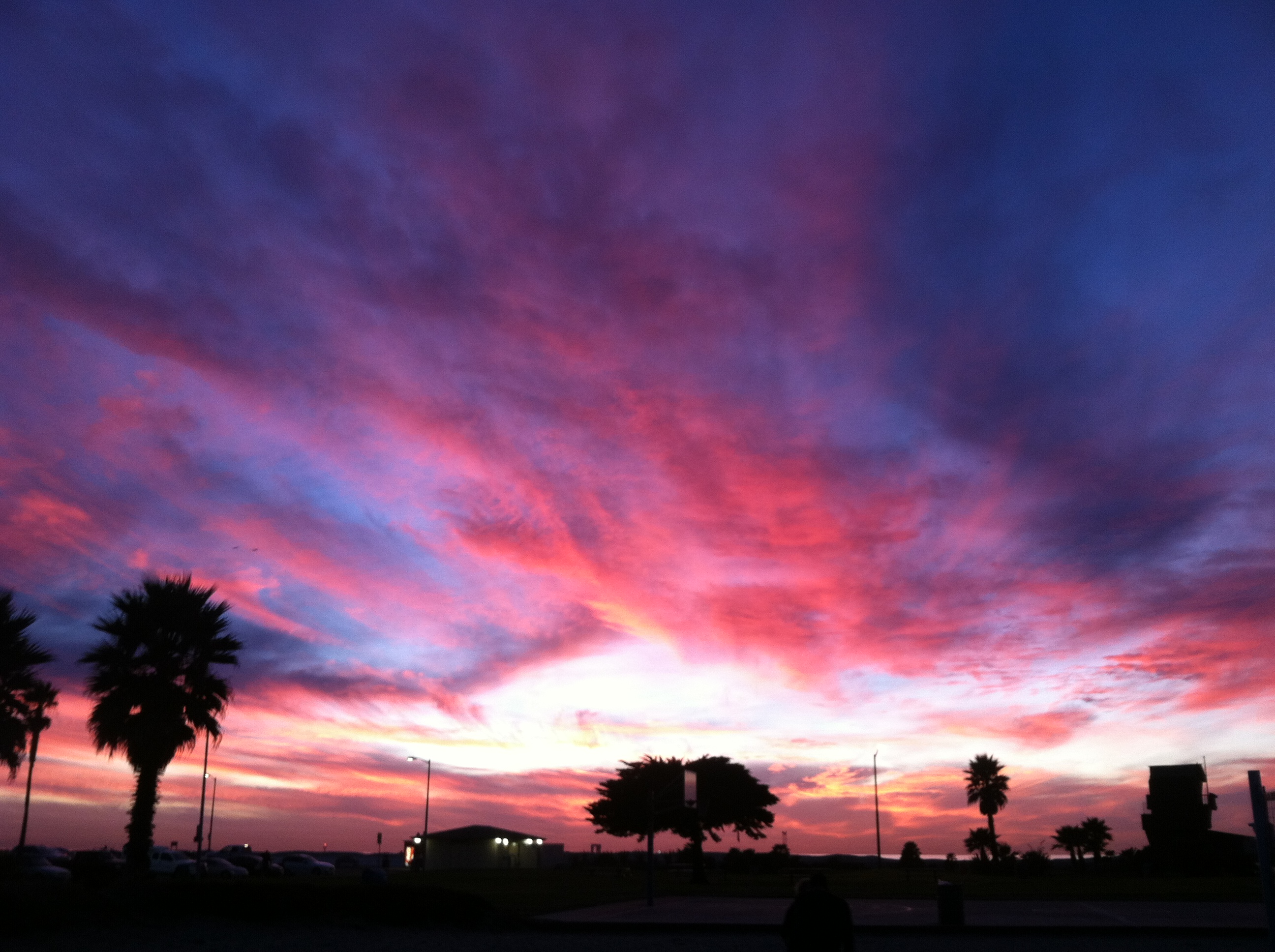 Tired of seeing your energy bills go up while your air keeps getting polluted from dirty power plants? Brace yourself; we might be in for more of both. On top of the
Tired of seeing your energy bills go up while your air keeps getting polluted from dirty power plants? Brace yourself; we might be in for more of both. On top of the 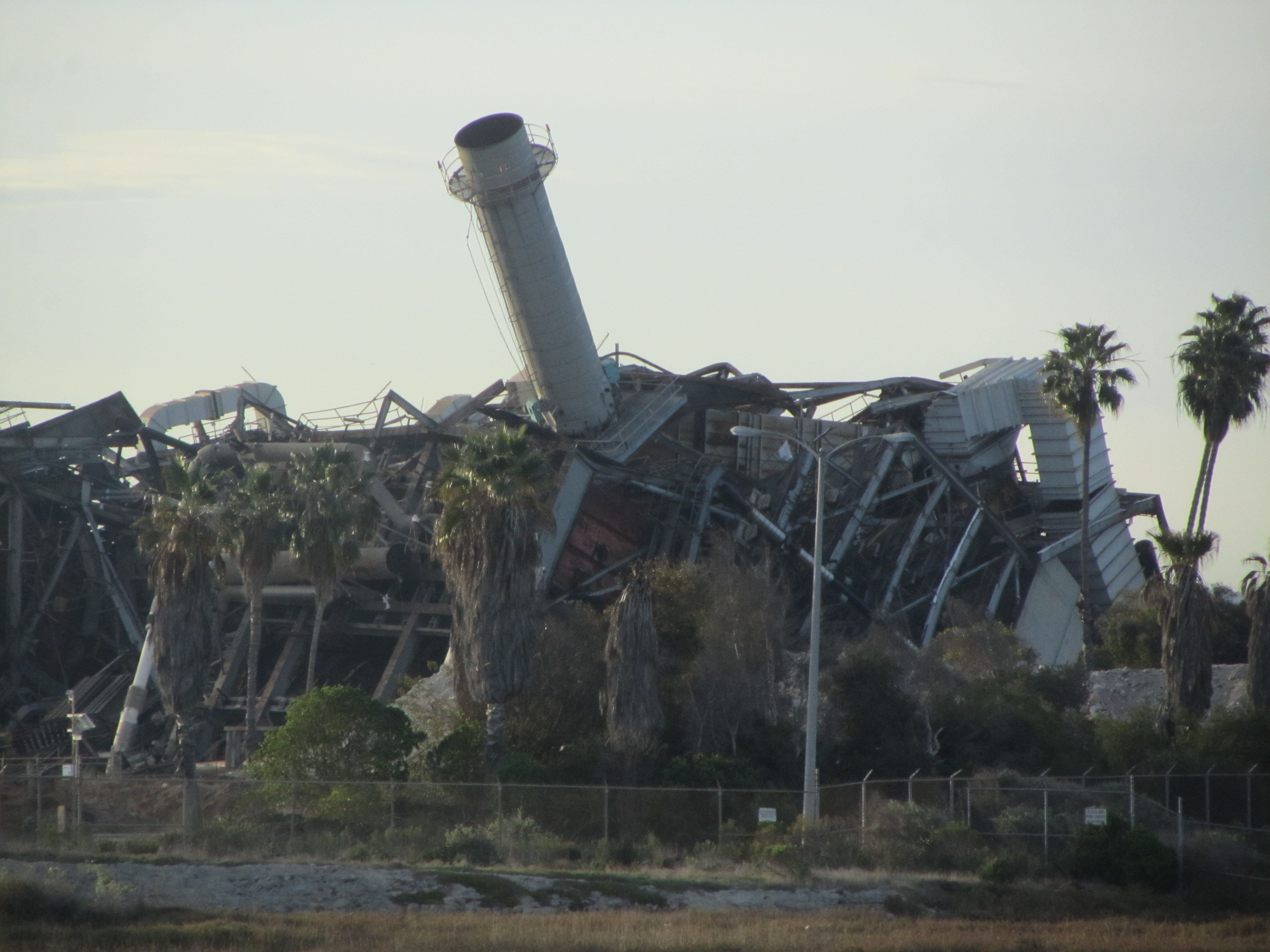
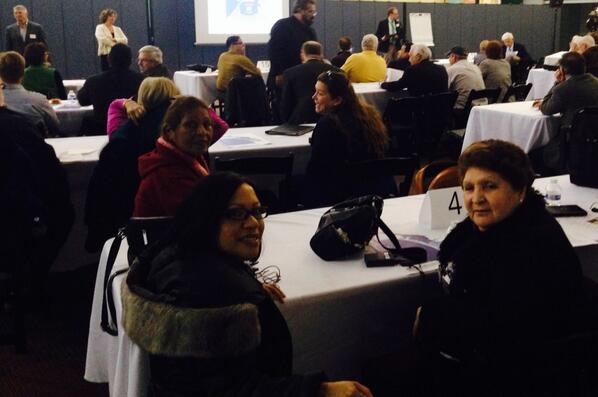 The Port of San Diego is drafting its plan to guide land and water use for the next 50 years, and we must make our voices heard. On Tuesday, February 18 and Wednesday, February 19, community members have the opportunity to provide feedback at the two-night
The Port of San Diego is drafting its plan to guide land and water use for the next 50 years, and we must make our voices heard. On Tuesday, February 18 and Wednesday, February 19, community members have the opportunity to provide feedback at the two-night 